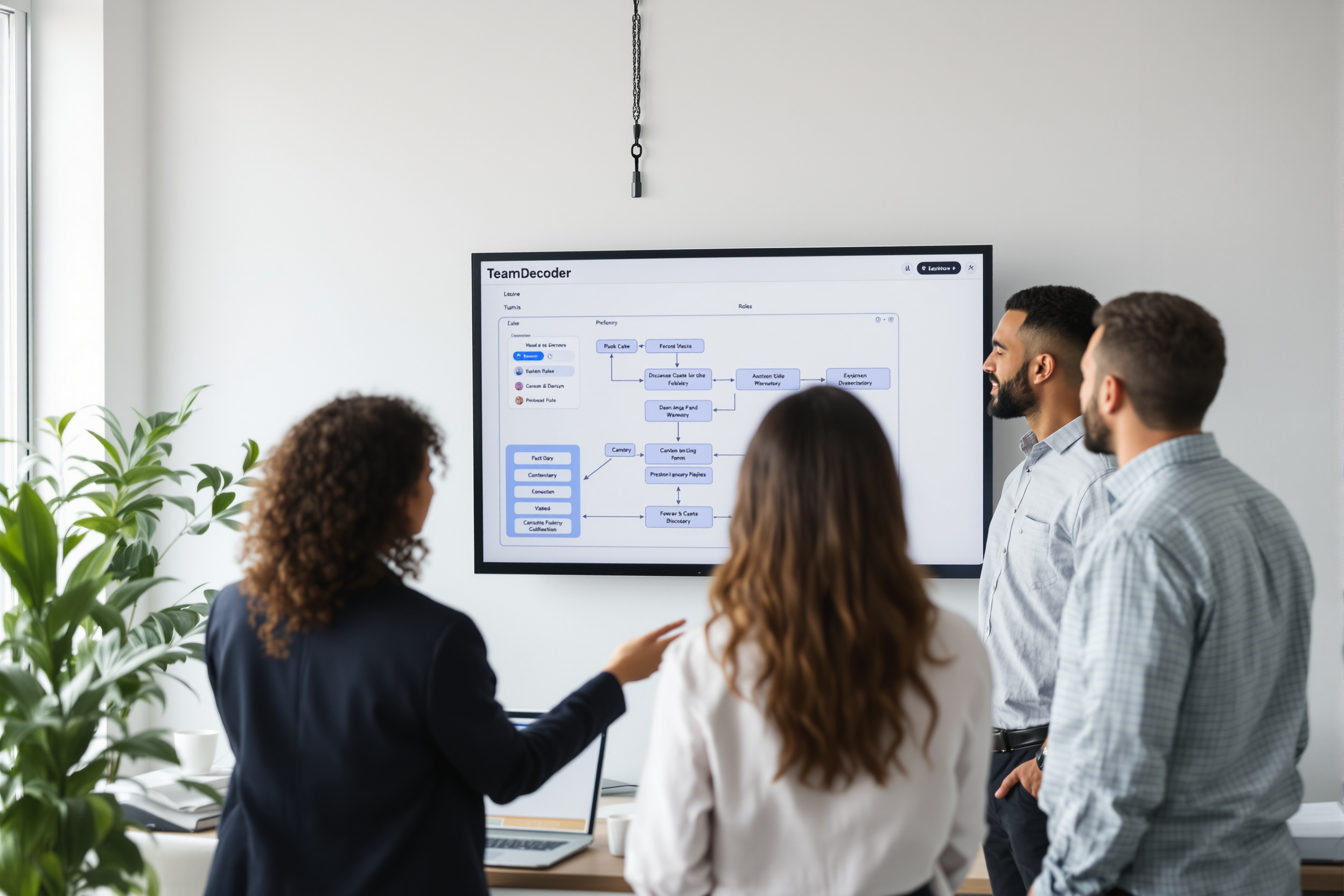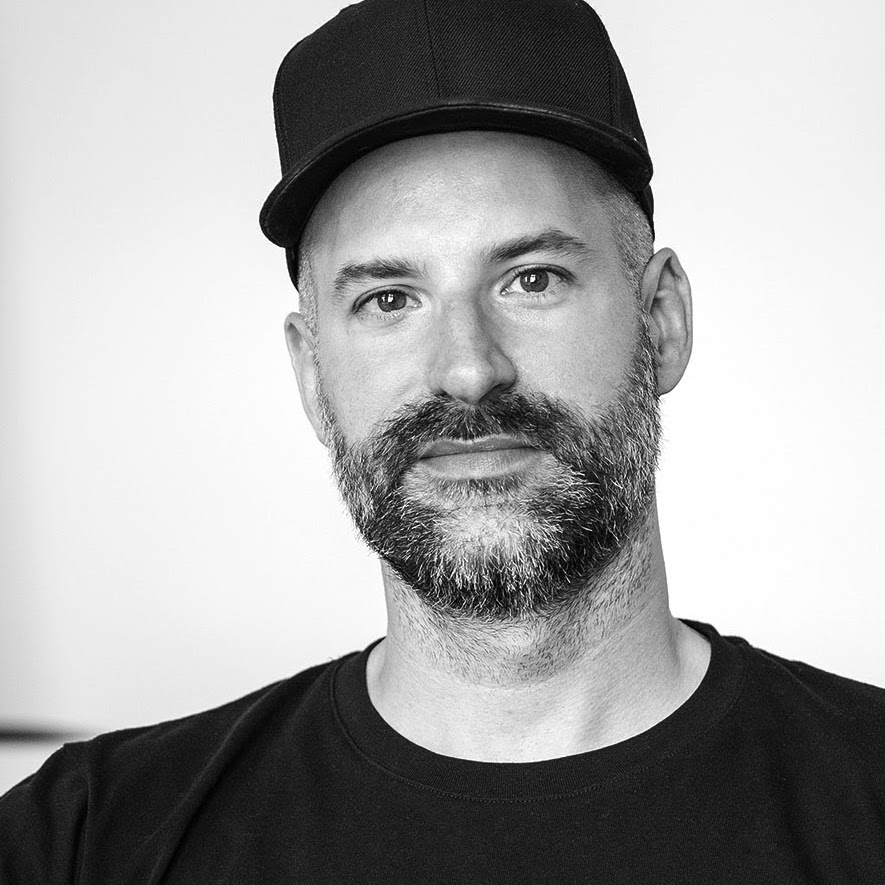Key Takeaways
A dedicated planning app for hybrid teams can boost productivity by up to 25% by providing a single source of truth for roles and workflows.
Clear roles and responsibilities are critical, as employees with role clarity are 53% more efficient and report higher job satisfaction.
Future-ready planning apps must support AI agent integration, as 72% of European companies are already adopting AI in the workplace.
The shift to hybrid work is permanent, with 82% of German information economy companies offering remote options. Yet, this new freedom often creates friction, overload, and what feels like endless, pointless meetings. Teams, our heroes in this story, are left to fight daily battles against disorganization. But what if a magical tool could cut through the noise? A dedicated planning app for hybrid teams doesn't just organize tasks; it redefines collaboration, clarifies roles, and gives your team the power to achieve a state of flow, turning constant change into a playful advantage.
Escape the Chaos of Hybrid Work
The promise of flexibility has a dark side: chaos. In Germany, 47% of employees would consider quitting if remote work was removed, yet many teams struggle with the reality. Professionals spend, on average, two hours per week in pointless meetings, creating confusion for 43% of them. This isn't just frustrating; it's a massive drain on resources and morale. I Still Haven't Found What I'm Looking For becomes the silent anthem for teams searching for clear direction. This lack of structure is the villain your team faces every single day. Overcoming this challenge requires more than just another video call; it demands a new way of seeing and organizing work.
Introduce Clarity with a Dedicated Planning App
A central planning app for hybrid teams acts as your single source of truth. It moves your team's operational blueprint out of messy spreadsheets and into a dynamic, shared space. Companies using digital collaboration tools can boost productivity by up to 25%. This is where the hero's journey truly begins for your team. The immediate benefit is a dramatic reduction in the 30% of a manager's time typically lost in inefficient meetings. By visualizing workflows and responsibilities, you establish clear hybrid team structures from day one. This clarity is the first step toward transforming how your team collaborates, no matter where they are.
Define Roles and Responsibilities to Boost Performance
Clear roles are the bedrock of high-performing teams. Research shows that employees with high role clarity are 53% more efficient than those with role ambiguity. When every team member understands their purpose, you eliminate confusion and unlock performance gains of up to 25%. A planning app makes defining roles and responsibilities a transparent and repeatable process. You can try teamdecoder for free to see this in action. This moves your team from guessing who does what to knowing exactly how they contribute to the larger mission.
Deep Dive: Use your planning app to map not just tasks, but also decision-making authority for each role. This simple step can prevent countless bottlenecks and accelerate project delivery by at least 15%. A clear framework empowers your team to act decisively, a key part of leading hybrid teams effectively.
Achieve Strategic Flow and Operational Excellence
With roles defined, the next step is achieving operational flow. This is where strategy operationalization comes to life. A planning app connects high-level goals to daily tasks, ensuring everyone's work aligns with the company's objectives. Teams with a clear vision see a direct, positive effect on performance. This alignment can reduce project delivery times by as much as 30% by eliminating wasted effort on misaligned tasks. It transforms your strategy from a static document into a living, breathing part of your team's daily work.
Our Playful Tip: Create a "sustainability template" within your app to track progress on green initiatives. This makes corporate responsibility a shared, visible goal for everyone. This focus on shared goals is crucial for hybrid team development.
Integrate Human and AI Agents for Future-Ready Teams
The future of work involves humans and AI collaborating seamlessly. Already, 72% of European organizations are using AI in the workplace. A forward-thinking planning app for hybrid teams must accommodate this new reality. It should allow for AI agent integration, defining roles for digital teammates just as you would for human ones. This prepares your organization for a future where AI handles routine tasks, freeing up your team for creative and strategic work. About 70% of Europeans believe AI improves productivity when managed carefully. Structuring this collaboration is the next frontier of organizational development and a core challenge for every Team Architect.
Measure the Results: From Reduced Overload to Increased Engagement
The results of structured planning are clear and measurable. Hybrid workers report being 81% more productive when they have location flexibility. In Germany, 83% of hybrid employees feel more productive than their office-only counterparts. A well-implemented planning app directly contributes to this by reducing the friction of collaboration. It also boosts engagement; hybrid professionals show the highest engagement rates at 35%. This clarity and efficiency lead to a better work-life balance, which 86% of employees say improves their ability to cope with daily challenges. By conquering chaos, your team doesn't just get more done-they become a more resilient and motivated force.
Your Next Step: Make Change Feel Like Play
You've seen the chaos and the path to clarity. The journey from overload to flow is not about working harder; it's about working smarter with the right tools. Adopting a dedicated planning app is the single most effective step you can take to empower your hybrid team. It's time to stop managing tasks and start architecting success.
Try teamdecoder for free - shape your team and make change feel like play!
See our pricing
For more on transforming your team, take the free online course "Workforce Transformation": Start free course. #TeamArchitecture #HybridTeam #RolesAndResponsibilities #FutureOfWork
More Links
German Federal Statistical Office (Destatis) focuses on home office, specifically within the context of work and the labor market in Germany.
Fraunhofer IAO discusses a new study providing current and differentiated answers regarding the debate of 'back to office' versus hybrid work models.
German Federal Ministry of Labour and Social Affairs (BMAS) provides occupational safety recommendations for hybrid screen work.
ZEW - Leibniz Centre for European Economic Research discusses the challenges of digitization for the future of the world of work.
Bertelsmann Foundation discusses the future of work in the year 2050.
Springer Professional discusses how hybrid work increases productivity, focusing on company organization and employee motivation.
Munich Chamber of Commerce and Industry (IHK München) provides guidance on mobile and hybrid work, specifically in the context of skilled workers.
FAQ
What is a planning app for hybrid teams?
It's a specialized software tool designed to help teams that work both remotely and in-office to organize tasks, define roles, manage projects, and communicate effectively. It serves as a central hub to ensure everyone is aligned, regardless of their location.
Our team is small. Do we still need a planning app?
Yes, even small teams benefit. In startups and small businesses, roles are often fluid. A planning app provides structure from day one, preventing confusion as you scale and helping establish efficient workflows early on.
How long does it take to implement a tool like teamdecoder?
Getting started is fast. You can create your first team structure in under 15 minutes. The key is the intuitive design, which focuses on clarity and ease of use, so your team can adopt it without extensive training.
Can this tool integrate with other software we use?
Modern planning apps are designed for integration. teamdecoder connects with common workplace tools to ensure a smooth workflow, reducing the need to switch between multiple applications.
How does a planning app support both synchronous and asynchronous work?
It provides a clear, updated view of project status and responsibilities that team members can access anytime. This reduces the need for constant real-time meetings, supporting asynchronous work while providing structure for synchronous collaboration when needed.
Is a planning app different from a standard project management tool?
Yes. While project management tools focus on tasks and timelines, a planning app like teamdecoder focuses on the underlying team structure-roles, responsibilities, and workflows. It's about designing *how* the team works together, which makes project execution much smoother.





